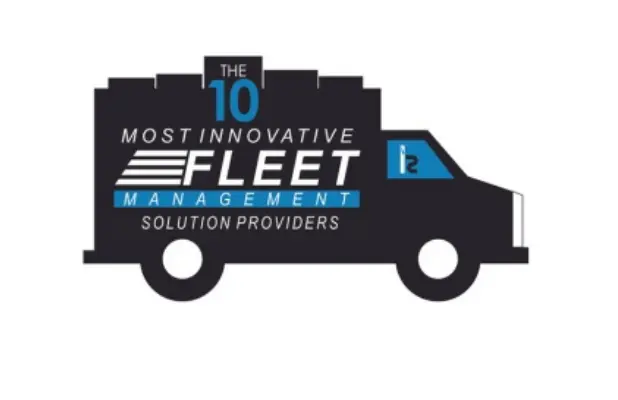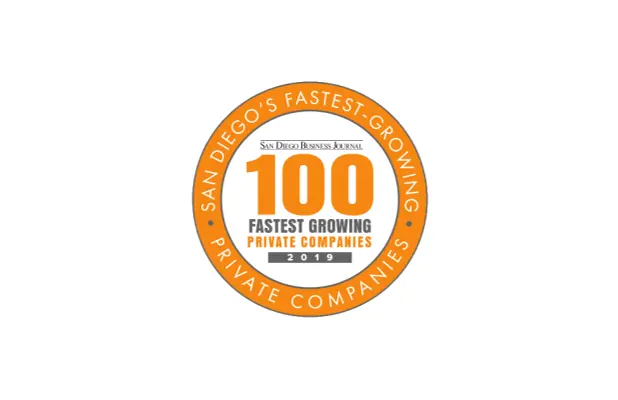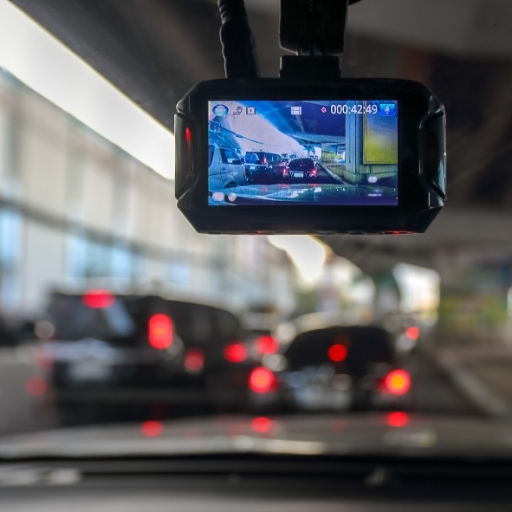Categories
Researching Fleet Dash Cam Solutions – What to Look for
As fleet safety and operational efficiency become top priorities for businesses, fleet dash cam solutions are rapidly emerging as must-have tools in the transportation and logistics industry. From improving driver behavior to protecting against false claims, the right dash cam system can save your company time, money, and legal headaches.
However, not all fleet dash cam solutions are created equal. With countless providers on the market, finding the best fit for your fleet requires understanding the key features and considerations. Whether you’re managing a handful of service vehicles or an enterprise-level operation, here’s what to look for when researching fleet dash cam solutions.
1. High-Quality Video Resolution
The core function of any dash cam system is to record clear video footage. Look for fleet dash cam solutions that offer at least 1080p HD resolution. Higher resolution ensures that license plates, road signs, and important incident details are easily identifiable.
In addition to resolution, check the frame rate and night vision capability. A good system should perform reliably in various lighting conditions, including low-light or nighttime driving.
2. Dual-Facing Cameras
Many modern fleet dash cam solutions come equipped with dual-facing cameras—one facing the road and one facing the driver. This setup provides a full picture of what’s happening both inside and outside the vehicle.
Driver-facing cameras are especially valuable for monitoring driver behavior such as drowsiness, distraction, or mobile phone use. These insights help fleet managers offer better training, enforce safety policies, and reduce accident risks.
3. Real-Time GPS Tracking and Telematics
Fleet management doesn’t stop at video. Leading fleet dash cam solutions offer real-time GPS tracking that provides visibility into vehicle location, speed, and route history.
When integrated with telematics, these systems deliver actionable data on vehicle performance, fuel consumption, and idle time. This allows for better route planning, reduced fuel costs, and faster response times—making your operations more efficient.
4. Cloud Storage and Remote Access
Traditional dash cams rely on SD cards, which can be lost or damaged, and require manual retrieval of footage. The best fleet dash cam solutions offer cloud storage, allowing video footage to be uploaded automatically and securely.
Cloud access means managers and authorized personnel can review footage remotely at any time, streamlining claims processing, investigations, and driver coaching. Additionally, cloud platforms often provide advanced search and filtering tools to quickly locate relevant video clips.
5. Driver Behavior Monitoring and Alerts
Effective fleet dash cam solutions include AI-driven driver behavior analytics. Features like harsh braking, rapid acceleration, sharp turns, and distracted driving alerts help you proactively manage driver safety.
Real-time alerts allow immediate feedback to drivers, helping correct risky behaviors before they result in accidents. Over time, this data supports personalized coaching programs that improve overall fleet safety culture.
6. Ease of Installation and Scalability
Depending on your fleet size and vehicle types, ease of installation can be a crucial factor. Research whether the dash cams offer plug-and-play setups or require professional installation.
Scalability is equally important. Choose fleet dash cam solutions that can grow with your business, allowing you to add more vehicles easily without system compatibility issues or complicated onboarding processes.
7. Data Privacy and Security
Fleet dash cam solutions collect sensitive video and location data. When researching providers, evaluate their data privacy policies and security protocols. Ensure they use encryption for data storage and transmission, have role-based access controls, and comply with relevant regulations like GDPR or CCPA.
Knowing your data is safe and handled responsibly is essential for protecting your business and employees.
8. Insurance Integration and Cost Savings
Some insurance companies offer discounts or benefits for fleets equipped with dash cams, given the reduced risk and clearer accident evidence. Look for fleet dash cam solutions that can provide comprehensive reports and support your insurance claims process.
This integration not only saves money but also speeds up claims resolution, minimizing downtime and disruption.
9. Vendor Support and Warranty
Finally, consider the level of customer support and warranty offered by the dash cam provider. Reliable technical assistance, prompt firmware updates, and warranty coverage ensure your investment remains protected and your system runs smoothly.
Reading reviews and requesting demos can help you gauge vendor responsiveness and product reliability.
Choosing the right fleet dash camerasrequires careful consideration of multiple factors, from video quality and GPS tracking to data security and vendor support. By prioritizing features that align with your fleet’s operational needs, you can enhance safety, reduce costs, and improve efficiency.
When researching options, make a checklist based on the key points above and request detailed demos or trials to experience the technology firsthand. With the right fleet dash cam solution in place, your business will be better equipped to navigate the road ahead confidently.
Take a video tour below to see if the FieldLogix fleet dash camera meets your needs.







